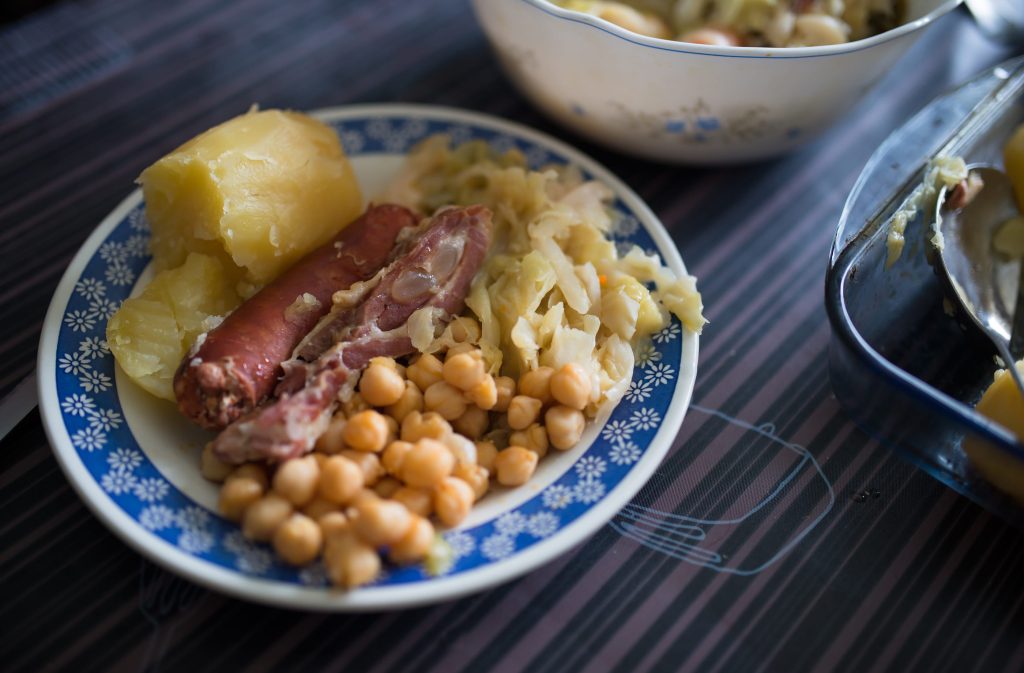Winter cuisine calls for hearty, filling, and sustaining meals that comfort the stomach and the palate. On the Iberian Peninsula, legumes are vital to traditional gastronomy. These robust, nutritious foods serve as a key ingredient in many Spanish and Portuguese dishes all year round too. The climate of the region makes Spain and Portugal fertile for growing high quality beans, in addition to their crucial part in gastronomic history. Spain is one of the leading producers of legumes in the European Union. Even today, traditional practices of growing, storing, and cooking these filling plants contribute to the flavor of the dish. Faba beans, kidney beans, chickpeas, and lentils are of a few most commonly eaten in Spanish and Portuguese dishes.
Some of the most quintessential Spanish dishes include legumes as the principal ingredient. Cocido Madrileño, a Madrid style stew, consists of garbanzos, meat, and vegetables. Lentejas con chorizo, or Lentils with chorizo, is another typical, dish best served at lunch time. Native to Asturias in northern Spain, Fabada Asturiana constitutes white beans, chorizo, meats, and sausages originally created to keep locals full and sustained throughout the winter cold.



When it comes to Portuguese dishes, there are many similarities to those of Spain. A Portuguese traditional stew, Feijoada à Transmontana, includes chickpeas and meat. Lentils, too, can be found in countless recipes including vegetable soup found all over the country-, a common family favorite is Sopa de Lentilhas, or Lentil Soup. Unique to Portugal, peas accompany a creamy cod staple, Bacalhau com Natas, or taste a simple Feijão com Arroz, made of beans and rice.
When sampling the local diet of the Iberian Peninsula, you will find multiple varieties of legumes in abundance. Cozy up with a warm bite this winter season or try your hand at a long-established Spanish or Portuguese recipe at home.

